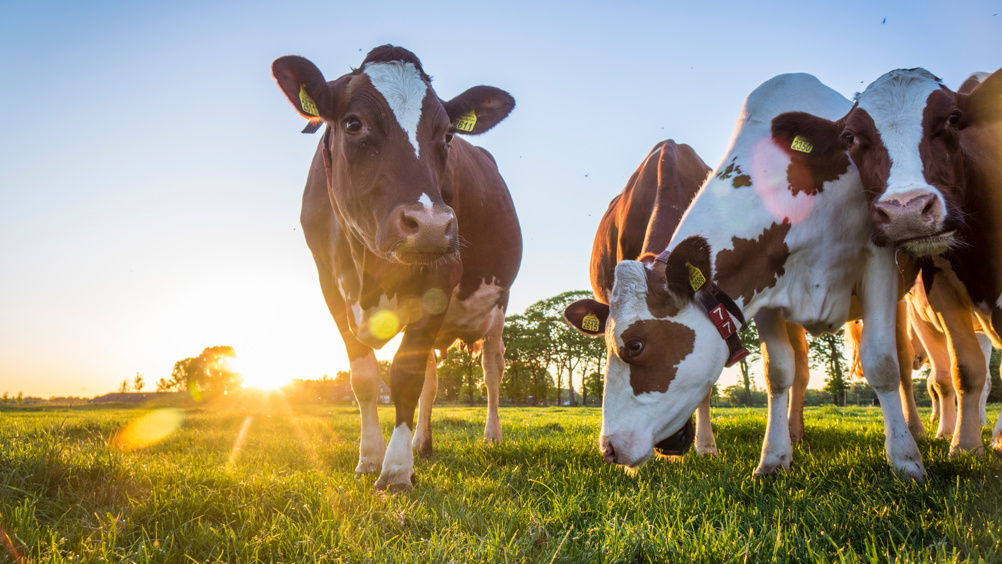CattleReview July/August 24

Abstract
Introduction:
In this Cattle Review we consider two papers recently published in the same journal investigating cow-calf contact in dairy production and a paper looking at omphalitis in beef suckler (cow-calf) operations.
Interest in cow-calf contact systems is growing, yet limited research had been focused on cowcalf contact in a pasture setting. A study by Johanssen et al (2024) (10.1016/j.livsci.2024.105502) aimed to evaluate the performance of pastured dairy cows and calves with or without cow-calf contact through machine milk yield and composition, cow body condition score and body weight decrease, and calf body weight gain. They also examined calf intake of concentrates, artificially reared calves' milk intake, and the health of both cows and calves. The study included 20 cow-calf pairs divided into two treatments: cow-calf contact (n=10) or early separation (ES, n=10).
Cow-calf contact pairs had full cow-calf contact on pasture until 6 weeks postpartum and part-time contact in weeks 7 and 8 (weaning). Early separation pairs were separated 1–3 h after birth, kept on separate pastures with no contact between early separation cows and calves. Early separation calves received daily milk allowances of 12–14 L (weeks 0–6), reduced to 8 L (week 7) and then 4 L (week 8). From week 9, all calves were denied access to any milk (early separation) or cows (cow-calf contact). During weeks 0–6, cow-calf contact cows had a daily machine milk yield 23.7 kg/cow lower than early separation cows, this persisted during weaning, with cow-calf contact cows delivering 8.3 kg cow/day less in weeks 10 and 11 postpartum. Fat and protein content in machine milk showed no significant difference, while lactose content was lower in milk from cow-calf contact cows than early separation cows. Cow-calf contact cows had a lower body weight decrease compared to early separation cows (cow-calf contact: 913 g/day; early separation: 1415 g/day). Early separation calves had an average milk intake of 10.7 L/calf/day (weeks 0–6) and consumed more concentrates than calf-cow contact calves. Calves' daily body weight gain did not differ between treatments in weeks 0–6 and decreased for both treatments during weaning. Inhibited milk ejection during machine milking was a challenge in cow-calf contact cows, prompting oxytocin injections to prevent mastitis. Further research is needed to explore strategies to enhance milk ejection in pastured cow-calf contact cows.
Register now to continue reading
Thank you for visiting UK-VET Companion Animal and reading some of our peer-reviewed content for veterinary professionals. To continue reading this article, please register today.

